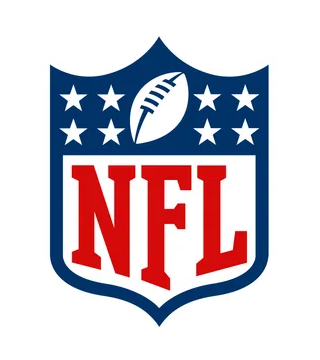So, here’s the math on going for 2 when down by 14
Obviously, if you think that math can’t capture the realities of the game, that coaches should trust their players and go with their guts, then fine. This post isn’t going to change your mind, you can skip it. But for anyone who’s interested in looking at the probabilities, here they are
Let’s assume a 100% chance of converting the extra point and a 50% chance of converting the 2pt (the real numbers are more like 95% and 48%, but we’re simplifying just to illustrate the point)
Let’s also assume that you’re going to score two TDs while stopping the other team from scoring. Because obviously if you can’t do that, you lose the game regardless
So we break it down:
Option A Kick the XP both TDs:
- 100% chance of going to overtime
Option B Kick the XP first, then go for 2 on the second TD:
- 50% chance of winning in regulation, 50% chance of losing
Option C Go for 2 on the first TD:
- Scenario 1 (50% chance), you convert. Then on the next drive, you score the TD and kick the XP: 100% chance of winning
- Scenario 2 (50% chance), you fail to convert. Then on the next drive, you score the TD and go for 2: 50% chance of succeeding (overtime); 50% chance of losing
- So, Option C has a total outcome of 50% chance of winning, 25% chance of overtime, 25% chance of losing
To put it together:
- Option A, 100% overtime
- Option B, 50% win, 50% lose
- Option C, 50% win, 25% lose, 25% overtime
Obviously, Option C is better than Option B. And between Option A and Option B . . . well, that’s the coach’s decision. If you think you have the better roster, Option A looks fine. But I can see plenty of situations, such as the Buccaneers playing the Bills, where Option C looks pretty good to me
Even if you drop the probability of converting the 2pt to 40%, and keep the XP at 100%, Option C still comes out at 40% win, 36% lose, 24% overtime. There’s absolutely still an argument for going for that over Option A, 100% overtime–hell, even if you assume a 50% chance of winning in overtime (and if I were the Bucs playing the Bills, I wouldn’t assume that) it still comes out to 52% chance of winning, 48% chance of losing
So yeah, if you think that math can’t capture what happens on the field, then sure, perfectly reasonable point of view. I’m not going to try to convince you otherwise. In fact I’m not arguing myself that coaches should blindly follow the percentages–hell, the baked-in assumption here was that you were going to score TDs on consecutive drives and force a 3-and-out in between. If you think your team can do that, maybe you’re feeling pretty good about overtime
Just pointing out that, based on the probability alone, going for 2 when down by 14 makes sense a lot of the time


This is great, I was genuinely baffled as to why the Bucs would risk going for 2 on the first TD rather than on the potential second TD.
Turns out I think like an old school coach and wanted to take the guaranteed points and ‘delay’ winning or losing lol. This post helped a lot and I’m a little shook that Bowles was the one to think like this when his reputation has been very risk-averse.